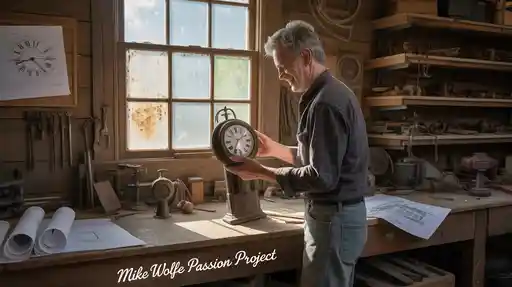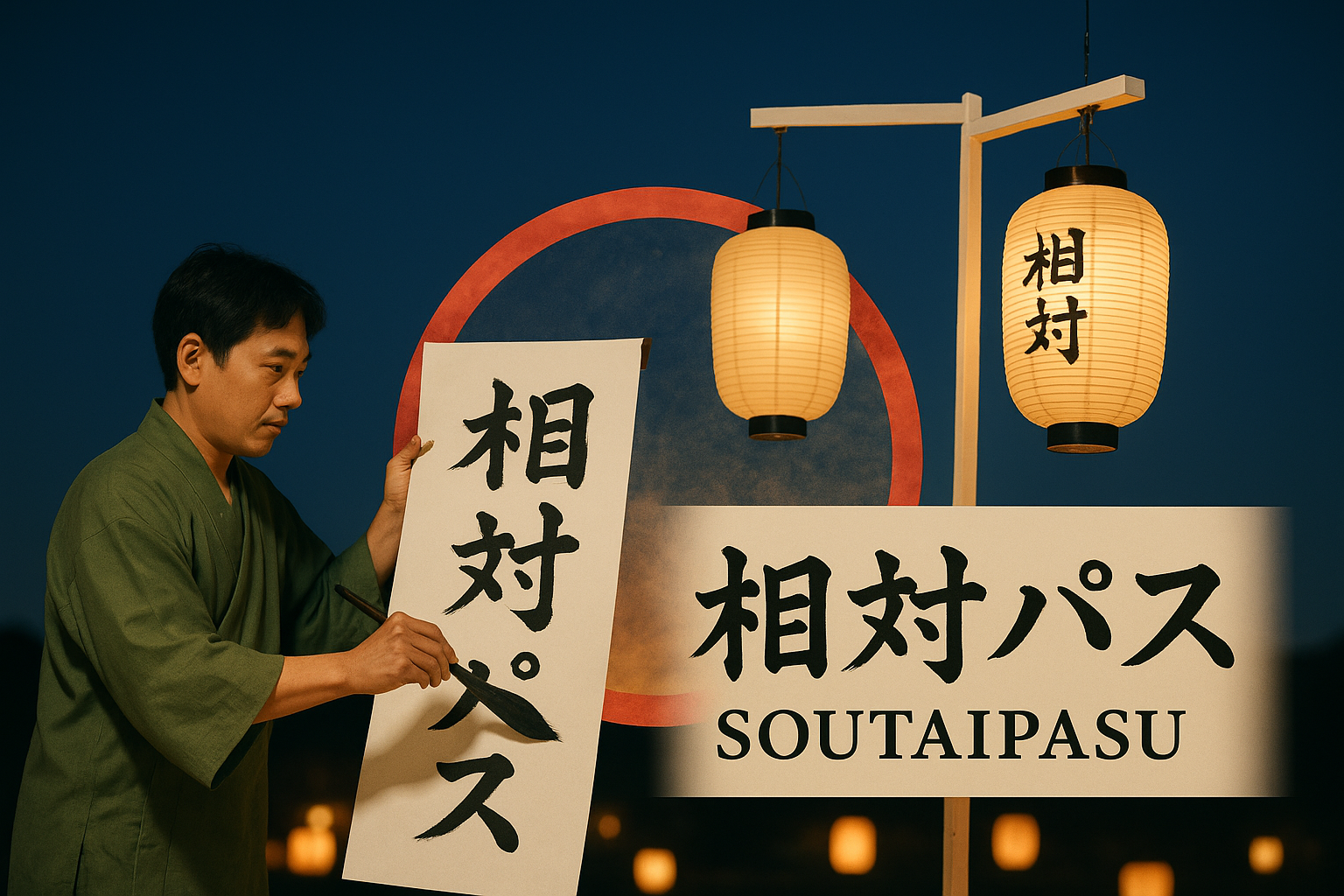Mike Wolfe is the co-founder as well as the icon of the show, the American Pickers and has spared the last decades correcting the ills of the past, in salvaging the remaining decay that would have been forgotten by many who know him by name. Off television Wolfe is moving to what many believe to be his ultimate calling in life–his passion projects. The activities are not aimed at accumulating the antiques since all these practices are focused on remaking the past, generate creativity, and position local communities. What is evident in his work is that dwelling in the past is not entirely about returning to the past but about creating an interesting future.
Nature of a Addiction
The story of Wolfe started very long ago since he has opted to leave the television industry. During his childhood, he was interested in things which were considered junk by other people. He found treasures of discarded barns, old garages, old warehouses, etc. The fact that Wolfe could see the value of the extraordinary did not make him the sole distinctive characteristic compared to the acquisitive other characters because, as he said, each product has a story. This obsession in his childhood turned to be a way of life in that he regarded the old history as a way of inspiring a bond and creativity.
Wolfe got popular due to his interest, American Pickers was released. He did not present the whole world as he saw it, in the performance, however. The intersection of the interests in the history, design and community is in actuality his larger venture which can however best be summarized by looking at his current fervor projects.
Fusing the past with the present life
One of the most obvious characteristics of the work by Wolfe is the fact that its historical aspect has been retained. He has also invested in the standover of old buildings and turning them into vibrant community areas. He does not reduce architecture to stone and timber only but remembers it as a life memory of culture and good work of past centuries. The way in which Wolfe manages to save historic properties that would have otherwise been destroyed is the way in which the past is saved as well as being able to revitalize the neighborhoods.
He does not leave the forgotten structures to disintegrate but to turn them over to become prominent centers of art, busy establishments, and livable housing areas. His approach demonstrates that there is no need to require that history and modern life are mutually opposites- they can accompany one another in the most exquisite manner. Capturing a bit of old-time allure combined with new utilitarianism, Wolfe demonstrates that historical preservation can bring economic booming and civic pride.
Innovation at Center
Wolfe believes that without history there can be no creativity. New imagination based on old space and things brings in a new idea in design, art and story-telling. It may be in the way he restores an antique motorcycle or renovates a 100-years old building, his way of approaching it is droll because it presupposes the imaginative power of working amidst history.
As it is mentioned by Wolfe repeatedly, a creative individual does not always have to be a designer or artist. Here, communities in the real sense can participate in the determination of their identity through reuse creatively. He gives the heads of the people the power to think in a different manner by showing them that even neglected places can be made livable. The activity that he performs aims at people to see the beauty in what is ignored and become remodeled to save and reinvent.
Community the heartbeat
One of the strongest elements of passion projects depicted by Wolfe is that it is associated with the community. His work identifies the reason why preservation is not only an object and building activity rather it is a people oriented. Communities likewise benefact because they unite to preserve historical structures or modernize the old facilities and this makes them more powerful.
There is need, according to Wolfe, to engage the communities. His various partners are the local business and civil organizations as well as the towns that assist him in the implementation of the programs. The collaborations do not leave his work within his vacuum because he has them with his places of residence. It does not have social and economical trivial projects whether he launches new business opportunities or touristic activity or whether he is civically proud.
Riding on a High-tide
Wolfe does have projects that can be termed as of the very personal nature but the impact is stupendous although it is limited by Wolfe. He builds a larger movement upon his archeological undertaking that validate the importance of historic object and imagination among the people. His viewers, equally as the program, does a good job of demanding people take a second glance back home and to see what is left dilapidated and how they themselves could help retain it.
This ripple effect points to the note that the passion project can turn out to be culture-change drivers. They remind the viewers that they too are contributors to the future of the history- by saving small items of preservation to them; they participate in programs in the community and they are also concerned about the stories integrated with little things in the environment they find themselves in.
The Legacy of a Passion Project
The passion business of Mike Wolfe cannot be defined by a single building, single collection or even single community. Rather, it is a continuous process which intertwines history, imagination and neighborhood in a fashion which makes the neighborhoods richer and individuals as well. Wolfe also reinvents what can be done with the past and thus his legacy goes far beyond antiques or television.
His effort shows that when passion is accompanied by purpose, things can change, not only objects or constructions but also communities. It serves as a reminder that history is not just about preserving things; but about the stories that have been repeated and inspire creativity and making connections that will last.
Conclusion
The words Mike Wolfe Passion Project: Blending History, Creativity, and Community are more than advertising, it is a philosophy. The fact that Wolfe is devoted to finding out, retaining, and regenerating the past shows that individual impulse may cause cultural rebirth. Combining the past, imagination and basing it all on community he demonstrates that the past we save today can motivate and guide the power of the future.
The story of Mike Wolfe will show that passion projects cannot be viewed as hobbies. When they are fostered with clear vision and devotion, they can be used to build legacies–legacies that span the distance between generations, inspire creativity and cement the ties of community.












